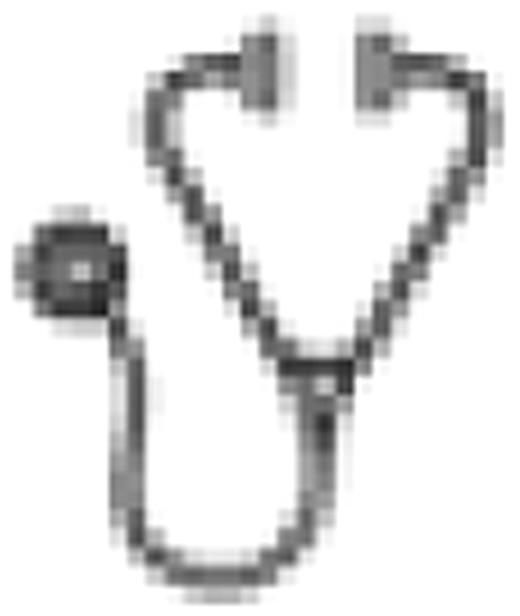Abstract
Abstract 3474
We have recently reported on a novel conditioning strategy comprised of standard dose busulfan (Bu) with cyclophosphamide (Cy) 50 mg/kg/dose for two doses pre-transplant with an additional two doses administered post-transplant, as sole GVHD prophylaxis. Preliminary data suggest that this strategy may reduce toxicity of alloBMT and maximize its antitumor efficacy. Given the evidence suggesting that an optimal therapeutic range of Bu systemic exposure may exist, the goal of this study was to examine the correlation between Bu area under the concentration versus time curve (AUC) and clinical outcomes in 131 consecutive patients, ages 21– 66 years, with advanced hematologic malignancies who received HLA-matched related (72 patients) and unrelated (59 patients) allografts. Bu was administered orally (1 mg/kg/dose, n= 72) or intravenously (0.8 mg/kg/dose, n= 59) every 6 hours for a total of 16 doses with pharmacokinetic adjustment to a target AUC range of 800–1400 umol*min/L. If first dose pharmacokinetics were not possible, an AUC was calculated on the first available dose. The median first dose AUC was 993 umol*min/L (range, 482–1875) for all patients (median PO = 1083; median IV= 860; P=.0001). On the basis of targeted first-dose AUC, 19 patients (13% PO and 17% IV) required dose escalation, whereas 12 patients (11% PO and 7% IV) required dose reduction. Median total cumulative AUC was 15992 umol*min/L (range, 10795–24739) with PO median of 17160 and an IV median of 13880 (P<.0001). AUC was initially entered into a proportional hazards model using a restricted cubic spline transformation to allow for non-linearity. We found that overall survival (OS) and event-free survival (EFS) were higher in patients with a first dose AUC of 800–1000 umol*min/L as compared to those with a lower or higher AUC for first dose [EFS HR=0.55 (0.33, 0.93); P=.03 and OS HR=0.52 (0.28, 0.95); P=.03]. Similarly, we found that OS and EFS were higher in patients having a total cumulative AUC between 13500 and 17000 umol*min/L as compared to those with lower or higher total AUC values [EFS HR= 0.60 (0.37, 0.95); P=.03 and OS HR= 0.56 (0.33, 0.96); P=.04]. Furthermore, we found that risk of non relapse mortality (NRM) and relapse were lower in patients having first dose AUC values in the range of 800–1000 umol*min/L [NRM HR= 0.35 (0.11, 1.19); P= 0.09 and relapse HR= 0.75 (0.42, 1.35); P= 0.34]. In addition, we found the risk of NRM and relapse were lower in patients having total cumulative AUC values in the range of 13500– 17000 umol*min/L [NRM HR= 0.75 (0.30, 1.85); P= 0.53 and relapse HR= 0.63 (0.37, 1.07); P= 0.09]. Moreover, patients outside our identified optimal therapeutic range at first dose and total cumulative AUC were at an increased risk for NRM [HR=1.5 (0.62, 3.61); P= 0.37] and relapse [HR= 1.64 (0.98, 2.74); P= 0.06], as well as reduced OS [HR= 2.05 (1.22, 3.42); P= 0.01) and EFS [HR= 1.80 (1.15, 2.83); P =0.01] as compared to patients within our newly identified range for first AUC, total cumulative AUC, or both. These results suggest that an optimal therapeutic range with Bu administration exists for both toxicity and relapse and can be achieved with either conventional PO or IV Bu administration.
Off Label Use: Cyclophosphamide as conditioning for allogeneic bone marrow transplantation and as Graft-versus-host disease prophylaxis after allogeneic bone marrow transplantation. Luznik:Otsuka Pharmaceutical: Research Funding.

This icon denotes an abstract that is clinically relevant.
Author notes
Asterisk with author names denotes non-ASH members.

